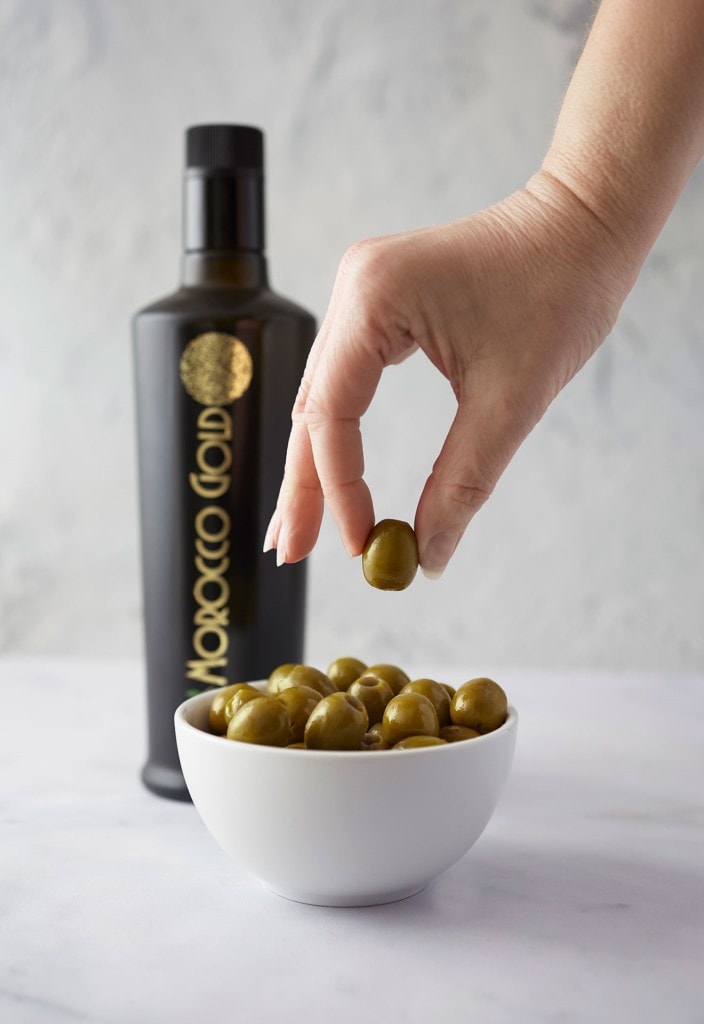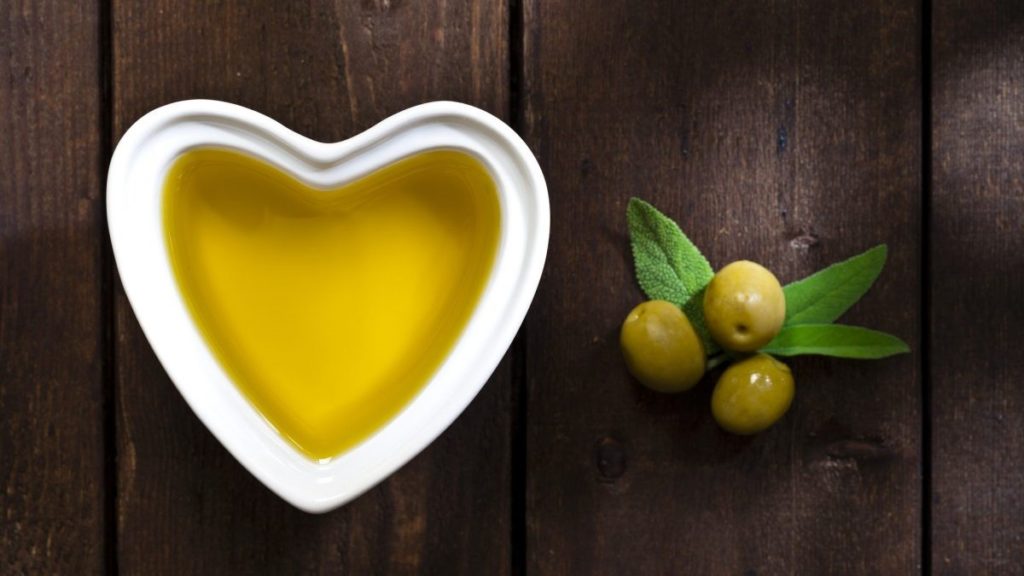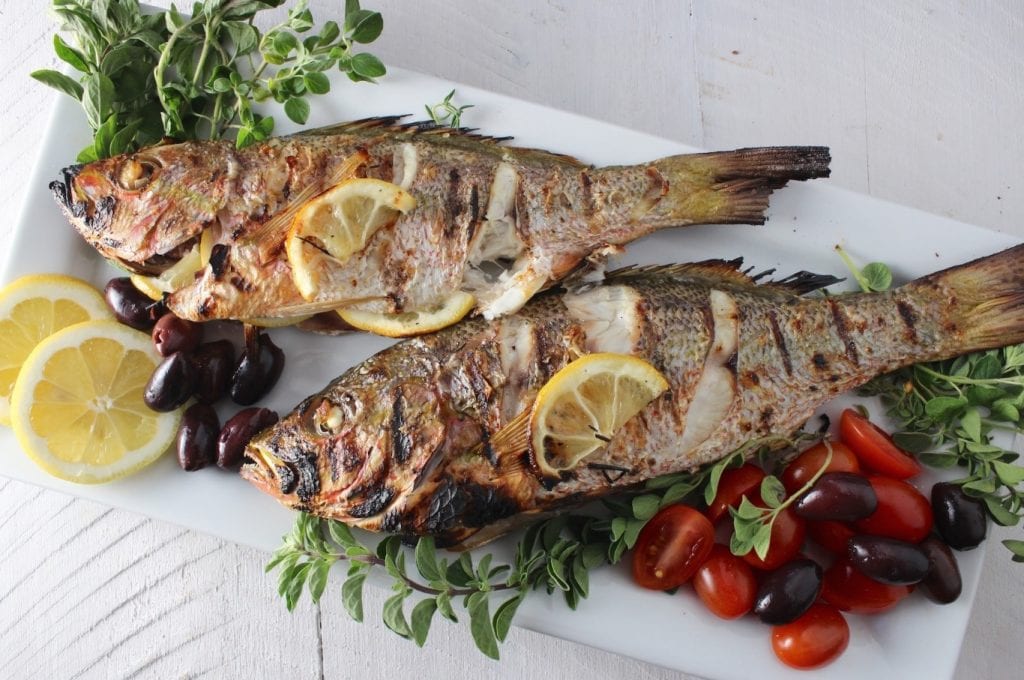And why extra virgin olive oil high in polyphenols is the best olive oil you can buy.
Updated February 9th 2023

SUMMARY
- Olive oil is a staple ingredient in many kitchens, but which olive oil is the best? While there are many different types of olive oil, from light and extra light to classic and organic varieties, extra virgin olive oil stands out as the best choice due to its high content of polyphenols which provide antioxidant benefits.
- Studies have found that polyphenols in extra virgin olive oil offer protection against coronary diseases, reduce inflammation and help prevent certain types of cancer.
- With its distinct flavor, delicious aroma and antioxidants properties, extra virgin olive oil looks to be the clear winner of which essential ingredient you should keep on hand in your kitchen.
CONTENTS
- Introduction : Different Classifications Of Olive Oil
- Extra Virgin Olive Oil
- Extra Virgin Olive Oil Definitions
- Virgin Olive Oil
- Refined Olive Oil
- Olive Oil Pomace
- Lampante Oil
Introduction: Different Classifications Of Olive Oil
While Olive Oil has been produced for centuries and by multiple different countries across the world, there are many different types of olive oil – each with distinctive characteristics. Morocco Gold, for example, is categorised as an Extra Virgin Olive Oil – a label which is attributed only to oils with certain distinct qualities. As lovers of food and cooking, we wanted to give our readers a summary of each type of olive oil to allow them to make an informed choice when making a purchase.
As neatly summarised by OliveOilSource, not all olive oils are created equal! They suggest the best place to start is to familiarise yourself with the five different types or ‘grades’ of olive oil – as defined by the International Olive Council. These are;
- Extra Virgin Olive Oil
- Virgin Olive Oil
- Refined Olive Oil
- Olive Pomace Oil
- Lampante Oil
1/ Extra Virgin Olive Oil

Extra virgin olive oil is the highest quality, best extra virgin olive oil you can get. Genuine extra virgin olive oil is rare and as a result is slightly more expensive.
The chemical characteristics of extra virgin olive oil (as with all vegetable oils) give an indication of the care with which it was made and stored: how the fruit was grown, transported and harvested, how it was pressed into oil, and how the oil was packaged and bottled. Stringent chemical analysis also helps to determine if the oil is adulterated in any way. The chemical standards for extra virgin olive oil are the highest of all the grades and, as such, offer a guarantee of quality.
So when it comes to which olive oil is the best, extra virgin olive oil comes out on top. Extra Virgin Olive Oil is made from the first cold pressing of olives which makes it the purest and best quality. Not only is this the highest quality in terms of taste and aroma, it is also higher in health benefits due to its high levels of polyphenols which have potent antioxidant properties that help reduce inflammation which is especially beneficial for heart health. This is why extra virgin olive oil should be considered the best olive oil you can buy – not only will it make your food taste fantastic, it also has numerous health benefits that should not be overlooked.
Extra Virgin Olive Oil Definitions
The definition of extra virgin olive oil is very precise regards production methods, taste and chemical composition. To be certified as extra virgin, an olive oil must:
- Come from a single source, it is not mixed / blended with other olive oils, even if they are of extra virgin quality
- Come from the first pressing of fresh, young olives, normally within 24 hours of harvesting
- Be extracted purely by mechanical means at temperatures specifically below 28C.
- Have free fatty acid or acidity level (normally measured as oleic acid) of less than 0.8%.
- Be defect free and have a perfect taste and aroma.
Extra virgin olive oil is the highest grade and best tasting olive oil. The organoleptic (taste) characteristics of a high-quality extra virgin olive oil are typically:
Fruity
- It has pleasant spicy, fruity flavours characteristic of fresh ripe or green olives. Fruitiness varies with the variety of olive. Green fruit yields olive oils that are grassy and herbaceous.
- More mature, ripe fruit yields olive oils that are milder, aromatic, buttery and floral.
Bitter
- Creating a pleasant acrid flavour or sensation on the tongue
Pungent
- Creating a peppery sensation in the mouth and throat.
High quality extra virgin olive oils also contain the antioxidants and polyphenols that give the health enhancing qualities associated with olive oil.
The latest, 2021 Harvest of Morocco Gold Extra Virgin Olive Oil sets new standards of quality for extra virgin olive oil with extremely low acidity levels of 0.2% and a Polyphenol count of 644mg/ kg – our highest recorded level to date.
When it comes to which olive oil is the best, extra virgin olive oil should be your go-to. Extra virgin olive oil is unrefined which makes it have a higher concentration of nutrients like polyphenols which are compounds scientifically linked to countless health benefits.
2/ Virgin Olive Oil
Virgin olive oils are the oils obtained from the fruit of the olive tree solely by mechanical or other physical means under conditions, including thermal conditions, that do not lead to alterations in the oil, and which have not undergone any treatment other than washing, decantation, centrifugation, and filtration. No additives of any kind are permitted.
- Virgin olive oil also comes from the first pressing but must have an acidity level of less than 2%. It is therefore of inferior quality to extra virgin olive oil. It’s flavour intensity can vary and its taste is milder than extra virgin olive oil.
- The higher level of acidity also means it’s shelf-life will not be as long as extra virgin olive oil
3/ Refined Olive Oil
In addition to extra virgin olive oil, and virgin olive oil, there are also more refined types of olive oils which include: light or pure olive oils which both don’t contain any amounts of polyphenols and keep any minimal sensory properties. They contain lower levels of antioxidants. Lastly, blended, or blended extra-virgin varieties which are a blend of colder pressed extra-virgin olive oils with cheaper refined versions, means fewer nutrients than all other forms and definitely less than extra virgin olive oils.
According to the International Olive Oil Council, refined olive oil is the olive oil obtained from virgin olive oils by refining methods that do not lead to alterations in the initial glyceridic structure. It has a free acidity, expressed as oleic acid, of no more than 0.3 grams per 100 grams (0.3%) and its other characteristics correspond to those fixed for this category in the IOOC standards.
This oil is obtained by refining virgin olive oils (not olive-pomace oils) that have a high acidity level and/or organoleptic defects that are eliminated after refining. According to OliveOilSource, over 50% of the oil produced in the Mediterranean area is of such poor quality that it must be refined to produce an edible product. Note that no solvents have been used to extract the oil, but it has been refined with the use of charcoal and other chemical and physical filters. Refined oil is generally tasteless, odorless, and colorless. Many countries deem it unfit for human consumption due to poor flavor, not due to safety concerns. It is not officially described as “not fit for human consumption as it is” in the IOOC definitions, however.
- These are olive oils that have been refined by using agents such as acids, alkalis and heat to extract as much oil as possible from the olive pulp that remains after the first pressing. The result is a fattier and more acidic oil which lacks taste, aroma and natural antioxidants found in extra virgin olive oil.
- Producers then need to add unrefined extra virgin or virgin olive oil to give refined olive oil some flavour, colour and aroma into the blend.
- Terms such as “pure” or “100% pure” or “Light” are made up terms used by large producers and supermarkets. If the label states “pure” or “100% pure” or “Light” then the olive oil is a refined oil lacking the taste, aroma and quality of extra virgin olive oil.
4/ Olive Oil Pomace
- The lowest grade of olive oil made from the by-products of extra virgin olive oil production. Olive skins, seeds and pulp are heated and the remaining oil is extracted using solvent. The result, pomace oil, is then put through a refining process, similar to pure or light olive oil.
- Pomace olive oil is bland and extremely low in antioxidants.
5/ Lampante Oil
- Lampante oil comes from bad fruit or poor processing practices and has severe taste defects. It is not fit for human consumption until it has been refined.

All in all, if you want the best that the market has to offer, an extra virgin olive oil high in polyphenols like Morocco Gold is the optimal choice!
Morocco Gold comes from a single source, from the Beni-Mellal region of Morocco. The olives are harvested by hand, early in the season whilst the fruit is still young and green. The olives are handled with care and attention throughout the harvesting and pressing process to ensure that only the best olives are used for Morocco Gold.
Uniquely, we include the results of our chemical analysis for acidity, peroxide and ultraviolet testing on each-and-every bottle of Morocco Gold so that our customers can see at a glance the guarantee of extra virgin olive oil quality.
Morocco Gold comes from the Picholine Marrocaine olive, which is characterised by its green, fruity flavour, with hints of almond and herbs, also its high level of polyphenols that give Morocco Gold it’s health enhancing qualities as well as it’s taste.
It does not have the ‘aggressive’ pungency of some extra virgin olive oils, giving Morocco Gold a well-balanced and satisfying finish. This also makes Morocco Gold highly versatile in how it can be used, either taken directly, dipping with bread, drizzling over salads, sautéing vegetables, the uses are limitless.
